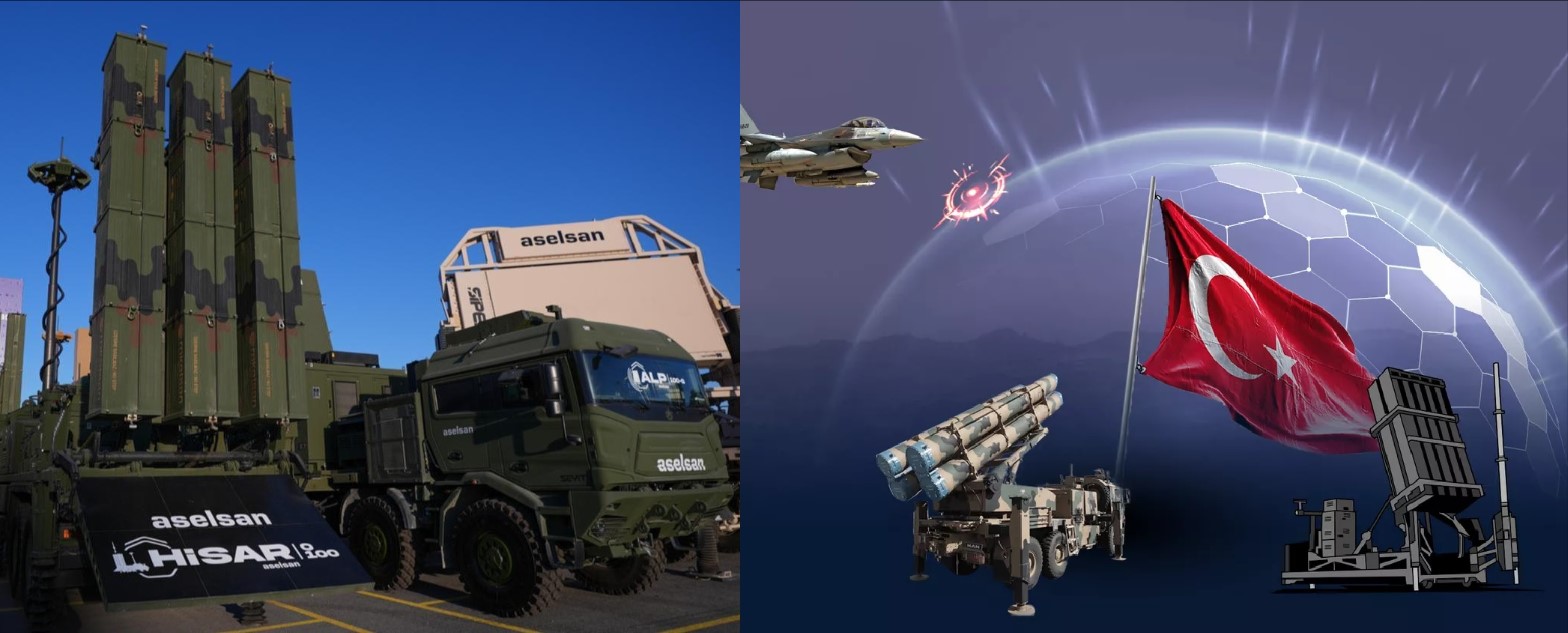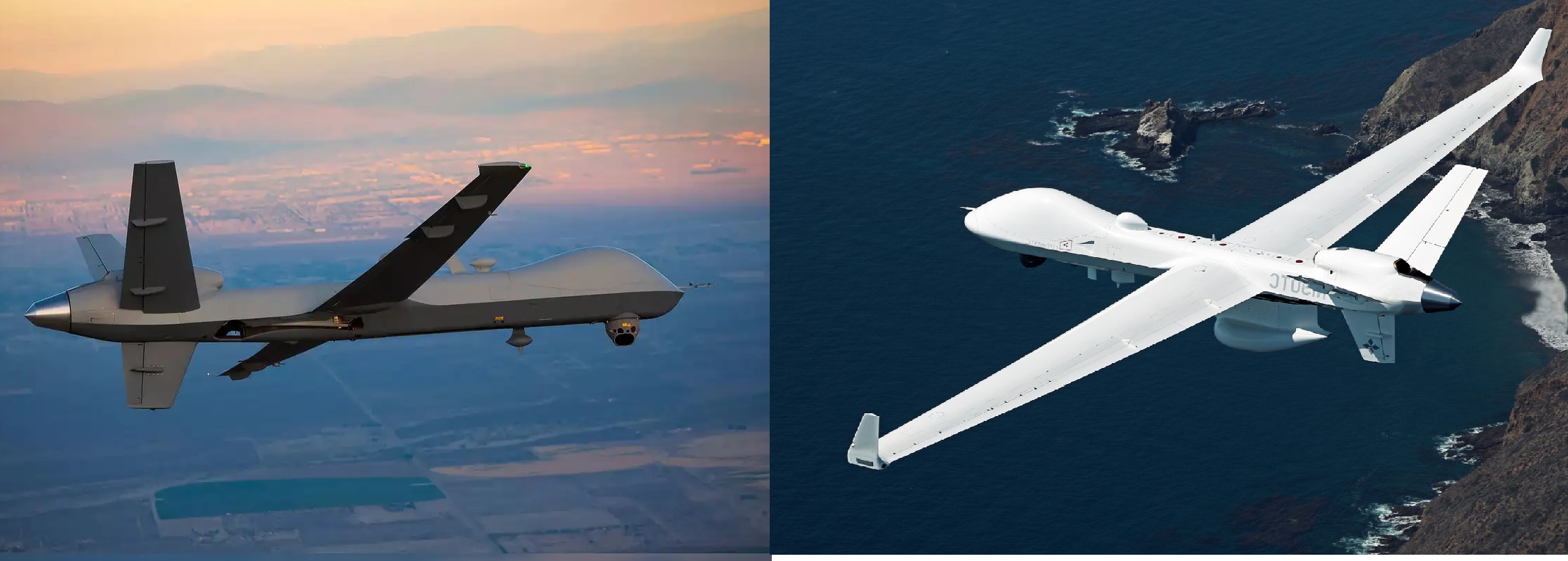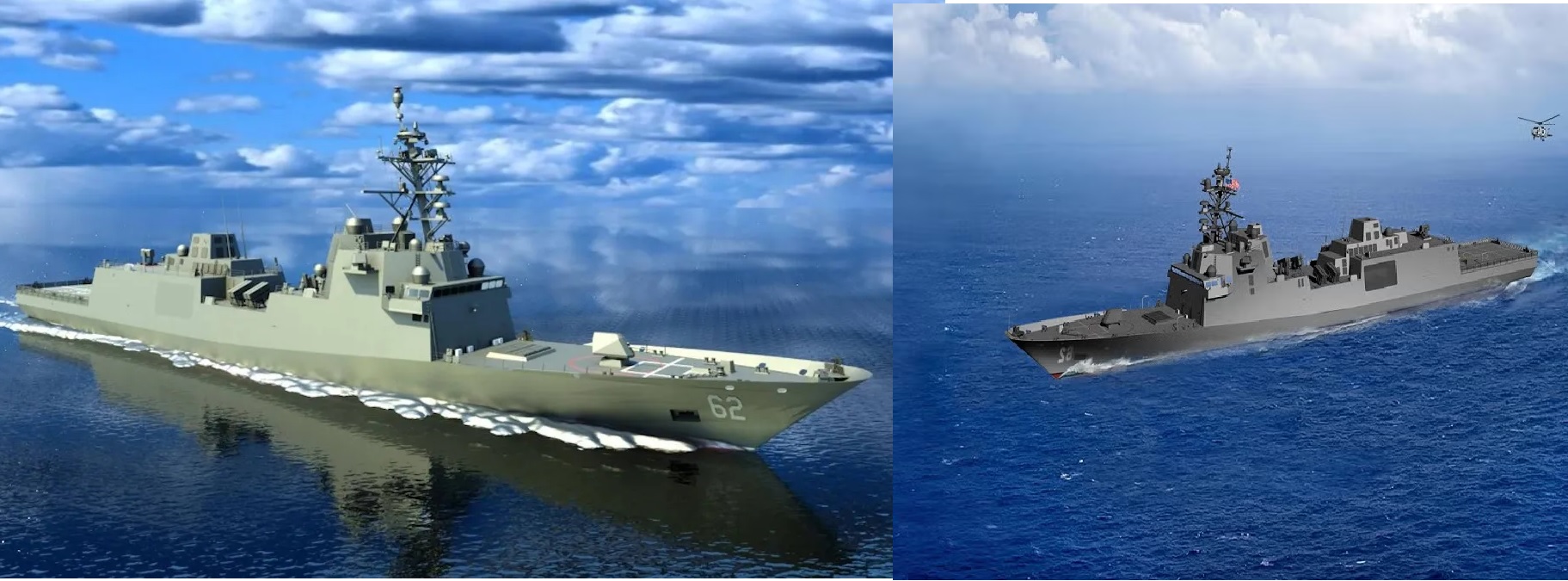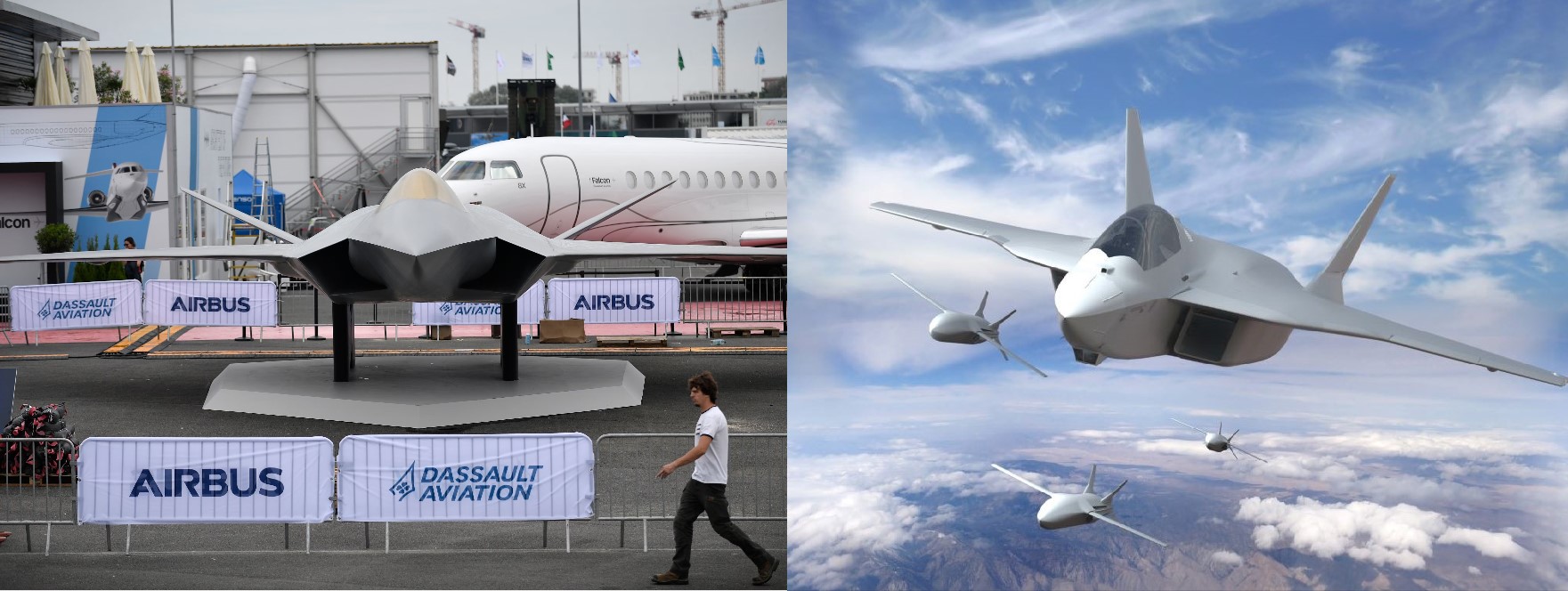U.S. Army Tests New Swarming 'FireAnt' Robots Designed to Hunt and Kill Tanks
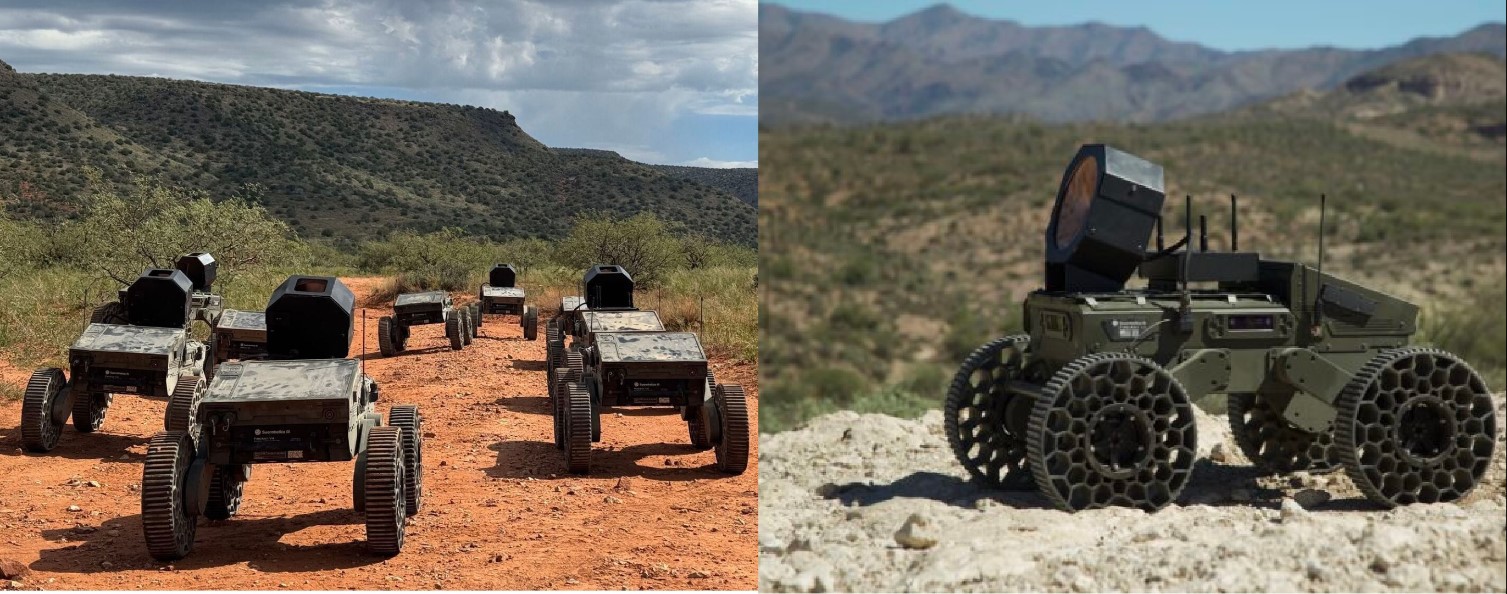
The U.S. Army has begun field trials of new robotic “tank killers” built around the lightweight, swarming FireAnt unmanned ground vehicle (UGV), developed by Arizona-based startup Swarmbotics AI. During recent exercises in Texas, the small ground robots were tested as part of a broader push to bring autonomous anti-armor systems into frontline formations.
Testing robotic armor hunters in Texas
From 27–29 October 2025, the Army’s Transformation and Training Command hosted the xTechOverwatch for Unmanned Systems event at the Bush Combat Development Center’s Innovation Proving Ground in Texas. The demonstration brought together around 40 industry and academic teams to run air and ground robots through realistic situational lanes and compete for follow-on integration with operational units.
Among the systems that drew particular attention was FireAnt, a compact tracked/wheeled UGV built specifically to hunt heavy armor in groups. According to the Army and Swarmbotics AI, the trials examined how multiple FireAnts controlled by a single operator could move with friendly forces and mass effects against tanks and armored vehicles.
The most promising teams from xTechOverwatch, including the FireAnt concept, are now slated to work with Army “Transformation in Contact” formations between 2026 and 2027, feeding directly into the service’s wider autonomy and robotics modernization effort.
What is FireAnt?
FireAnt is described by its maker as a “lightweight, attritable unmanned ground vehicle” designed to operate in swarms under the control of a single soldier. Its primary mission in the anti-tank role is to detect, track and engage heavy armor using low-cost payloads, trading cheap mass for survivability rather than relying on a small number of exquisite platforms.
A former U.S. Army armored cavalry officer highlighted that a robot roughly the size of the 70-pound FireAnt hits a sweet spot: large enough for rough ground but small enough to remain below tank machine-gun arcs.
Swarmbotics markets FireAnt as part of its ANTS (Attritable Networked Tactical Swarm) ecosystem. The platform is:
-
Man-portable, allowing troops to carry or quickly deploy it from small vehicles.
-
Modular, with a payload bay that can be reconfigured for different missions.
-
Ruggedized and sealed to around IP67 level, with resistance to dust, heat, vibration and shock for harsh combat environments.
While full performance data has not been released, FireAnt sits in a class of small UGVs that typically trade heavy armor for agility, low profile and low cost.
Swarm autonomy and control
At the heart of the concept is swarm autonomy. Swarmbotics says FireAnt’s architecture is built around:
-
Coordinated behaviors across mixed teams and missions, allowing different robots in the swarm to divide tasks such as scouting, jamming and attack.
-
Real-time tasking and data sharing, so each FireAnt can pass targeting and sensor information to the others and to human controllers.
-
“Kill chain acceleration”, in which detection, identification and engagement of a target are compressed into seconds instead of minutes.
To make integration easier, the UGV supports common robotic middlewares such as ROS 2 and JAUS, helping it plug into existing autonomy stacks and battlefield command-and-control tools.
Swarmbotics sums up the doctrine in a marketing line now frequently quoted in coverage of the project: “One operator. Multiple robots. Infinite tactical advantage.”
Payloads: from reconnaissance to tank killing
The FireAnt platform is multi-mission, with the anti-tank role treated as one payload option among several. Company materials and reporting indicate that FireAnt can be configured for:
-
Anti-armor attack, using low-cost, field-swappable warheads or effectors capable of damaging or disabling tanks and armored vehicles.
-
Intelligence, surveillance and reconnaissance (ISR), using electro-optical/infrared sensors to scout ahead of manned units.
-
Counter-UAS (C-UAS), potentially mounting sensors or launchers to disrupt or destroy hostile drones.
-
Electronic warfare and data relay, acting as a forward node to extend communications or jam enemy systems.
Because payloads can be changed in the field, the same basic robot chassis can be used as a sensor platform on one mission and an expendable anti-tank asset on the next, depending on what a unit needs.
Part of a “mobile minefield” vision
The Army’s interest in FireAnt fits into its broader concept of a “mobile minefield”: swarming expendable robots that can track, ambush, and block armored vehicles—a flexible evolution of scatterable mines.
The Army is exploring a future family of consumable combat robots with ambitious goals such as 120 km ranges, 60 km/h speeds, and larger explosive payload options. FireAnt represents the early, tactical end of this emerging class.
Why FireAnt matters
For the U.S. Army, FireAnt’s field tests mark another step toward distributed, low-cost robotic systems that can deploy in numbers, accept higher risk and still deliver meaningful combat effects. Instead of relying on a single expensive anti-tank missile team or vehicle, a platoon could one day deploy dozens of expendable ground bots, each a smaller problem individually but a serious threat in aggregate.
For Swarmbotics AI, the Texas trials and growing media attention solidify FireAnt’s position as one of the more visible entrants in the emerging class of small, anti-armor UGVs. If ongoing experimentation goes well and the Army decides to field such systems at scale, the unassuming 70-pound robot might become a key piece of how future forces hunt tanks from the ground, autonomously, and in swarms.
✍️ This article is written by the team of The Defense News.

